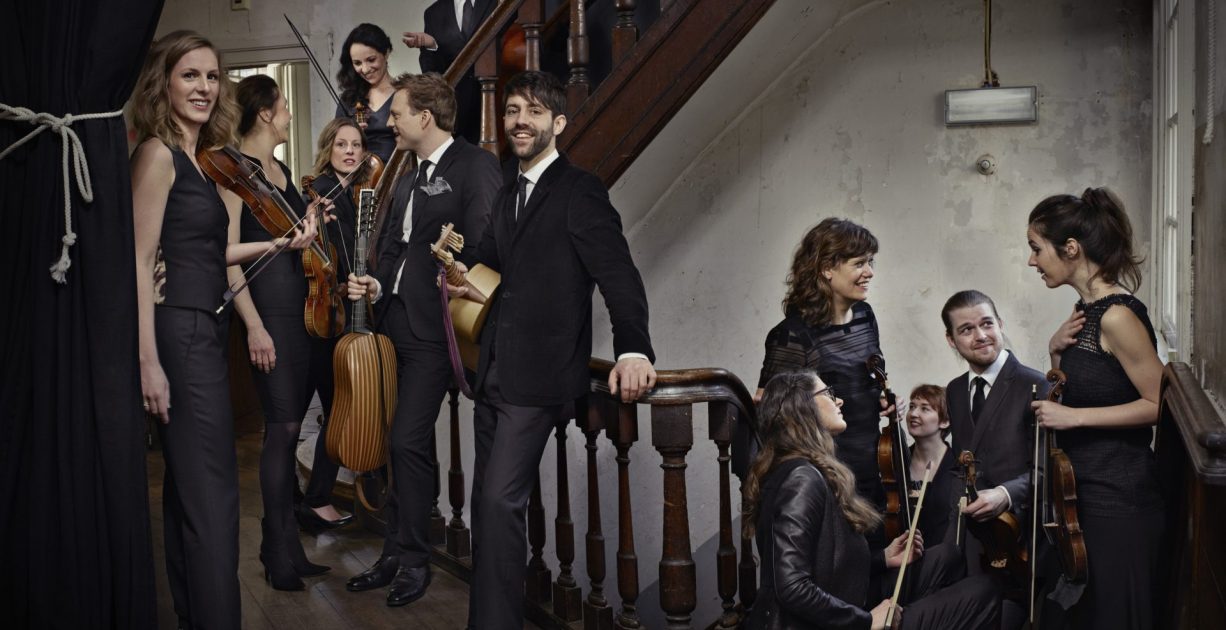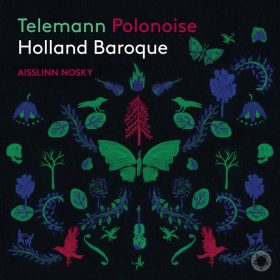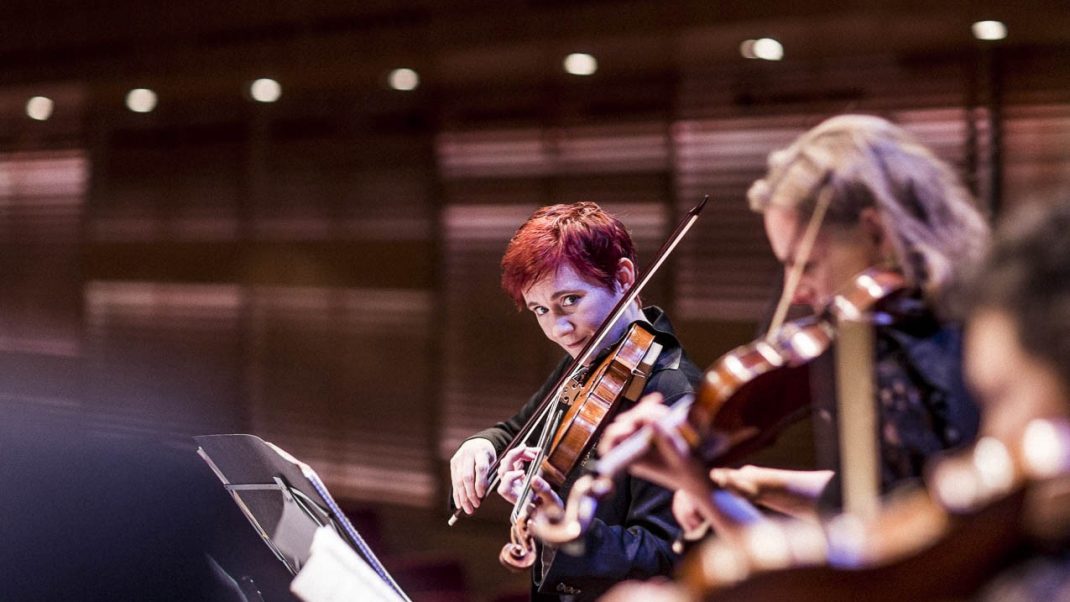In the new, updated version, it is not a question of polishing everything or of courtly restraint. On the contrary, the melancholic, occasionally rough folk element is made even more powerful.
“Telemann: Polonoise,” performed by Aisslinn Nosky and Holland Baroque, was awarded 5 stars by de Gelderlander! Read the full review below:
Violinist Judith and harpsichordist Tineke Steenbrink from Oeffelt never mince their words: ‘Baroque is now’. And the sisters live up to this famous statement time and again with their ensemble Holland Baroque. Like no other Early Music group, they know how to build bridges between past and present through all kinds of unexpected collaborations. The approach of the album Polonoise, released internationally last month on Pentatone, is original as well. The recording was made in our good old Musis Sacrum in Arnhem.
This time, Holland Baroque focuses on a musical notebook entitled ‘Polish Dance’, which Georg Philipp Telemann (1681-1767) compiled while travelling through Poland. The Hamburg-based composer wrote down in melody the folk music he heard in pubs and taverns and used it to his advantage when composing new music. After all these centuries, the Steenbrinks do the same and take care of the polyphonic arrangements themselves. And they know how to do it! The repertoire is divided into groups, entitled Polonié, Polonesie, Partie Polonois, Hanac and two concertos in B-flat and G.
In the new, updated version, it is not a question of polishing everything or of courtly restraint. On the contrary, the melancholic, occasionally rough folk element is made even more powerful. Holland Baroque is warmly assisted by the Canadian violinist Aisslinn Nosky.
The end result? At times a completely different Telemann than the one we are used to. Take the Polonia block in which, after three folk music-like pieces, the Italian sun suddenly shines into the Polish inn during the Allegro. A moment later, during the Tourbillon, the music suddenly catches fire. Boy, what a tempo Holland Baroque develops here; this is Baroque at its most fiery.




